Top Projects That Will Reshape Miami
Construction activity in the Magic City is booming. Here are the projects that have the potential to transform the area for years to come.
Even though tourism is one of South Florida’s biggest job generators and the hospitality sector took a hard hit in 2020, the Magic City managed to bounce back fairly easily. The metro’s favorable geographical location and business-friendly environment, coupled with a preference for mixed-use buildings, are among the factors leading its resurgence.
An array of outside companies—including Manhattan firms—have opened offices in the Sunshine State, supporting the job market. Within the first year of Miami Downtown Development Authority’s “Follow the Sun” economic development initiative, 17 new-to-market firms committed to a total of more than 250,000 square feet.
“The city as a whole is continuing to emerge as a global hub for major investment opportunities, even beyond real estate,” Ryan Shear, managing partner at PMG, told Commercial Property Executive. The company is currently developing the city’s first Waldorf Astoria, set to become Miami’s first supertall tower.
Nonetheless, the metro’s coastal location does pose some significant challenges: Climate change-induced flooding is threatening the metro’s future. In mid-2021, the City of Miami released a draft version of how it plans to mitigate flooding and improve Biscayne Bay water quality.
There’s a lot of activity across the metro, so we’ve put together a list of the largest and most transformative active projects and initiatives that have the potential to reshape Magic City in the years ahead.
1. Miami Worldcenter
One of the largest transit-oriented developments in Florida, Miami Worldcenter is slated to revitalize 27 acres of vacant land in downtown Miami’s Park West neighborhood. The $2 billion project will span 10 city blocks and is set to establish a new neighborhood, with a mix of residential, office, hospitality, entertainment and retail amenities. More than a decade in the making, the project was elaborated with the involvement of the public.
“There have been countless projects like Miami Worldcenter, which never got off the ground due to a lack of public support. Our team spent years engaging and educating the community on the way to finally winning approval for our plans and breaking ground,” said Nitin Motwani, managing partner of Miami Worldcenter Associates.
Led by Arthur Falcone and Nitin Motwani, the company broke ground on the development in 2016. The first building to come online was the Caoba apartment tower, but several buildings are still under construction, such as the 351-key CitizenM Miami Downtown hotel. Designed by Gensler, the building topped off in late 2020 and is expected to be completed soon.
Miami Worldcenter has 150,000 square feet of retail space already completed, with an additional 130,000 square feet underway. The developers are aiming to create an animated street life along the retail promenades, with European-style outdoor cafés, bars, restaurants and boutique shops.
“The pandemic has underscored the importance of having open areas, and Miami Worldcenter’s retail and entertainment areas were already designed to prioritize outdoor experiences,” said Motwani.
2. Magic City Innovation District–Little Haiti
Plaza Equity Partners, Metro 1 and Lune Rouge are behind Magic City Innovation District, an 18-acre walkable project in Little Haiti, one of Miami’s most culturally rich neighborhoods. The $1 billion development was approved for 2,630 residential units, nearly 2 million square feet of office space, some 100,000 square feet of expo space, 432 hotel keys, more than 344,500 square feet of retail and 6,081 parking spaces.
Along with serving local residents, the project aims to attract start-ups and entrepreneurs, by focusing on tech and innovation, art and culture, health and wellness, according to Tony Cho, CEO & founder of Future of Cities. “When seeking plan approval, the project team pledged to give $31 million to the Little Haiti Revitalization Trust, which would be administered by the City of Miami,” Cho added.
Construction is scheduled to break ground in 2022. One of the first buildings to go vertical, the 370,000-square Motorsport Network Headquarters, will reach 12 stories. An Arquitectonica-designed residential tower on Parcel 11 will also be among the first projects to be constructed. The 349-unit, 25-story luxury residential property will include 13,200 square feet of ground-level retail.
3. Waldorf Astoria Residences Miami
To reach 1,049 feet and 100 stories, the Waldorf Astoria hotel and residences is set to become the tallest tower south of Manhattan, representing the luxury hotel brand’s first flag in the metro. Developed by a joint venture of PMG, Greybrook Realty Partners, Mohari Hospitality, S2 Development and Hilton, the project will rise at 300 S. Biscayne Blvd. in downtown Miami’s Brickell neighborhood.
The tower will span 1.5 million square feet, and will offer 360 luxury condos and 205 hotel keys. PMG purchased the property in 2014 for $80 million. The project won the approval of Miami’s Urban Development Review Board and a construction permit was filed in late October, according to city records. Groundbreaking is anticipated for the first quarter of 2022.
Designed by Sieger Suarez Architects, in collaboration with renowned architect Carlos Ott, the project features nine stacked and offset glass cubes. The architects drew inspiration from 20th century sculptor Alberto Giacometti, according to Ryan Shear, managing partner at PMG.
4. Miami River
In Brickell, The Chetrit Group is developing a 2.5-city block, five-phase project dubbed Miami River. Plans call for the creation of 1,928 residential units, 330 hotel keys, some 197,000 square feet of retail space and roughly 98,000 square feet of office space.
The first two phases received $310 million in construction financing from Madison Realty Capital in early November, followed by the development’s groundbreaking the same month. Phase I includes a 54-story mixed-use tower comprising 632 residential units and a parking garage podium, while Phase II is set to encompass two three-story structures providing 24,000 square feet of commercial space, as well as a public esplanade and river walk between Brickell and Jose Marti Park.
A series of inter-connect pathways will bridge the amenity spaces, with pedestrian connections that allow the flow from one building phase development to the next, according to Kobi Karp, principal at Kobi Karp Architecture & Interior Design—the architects of the project.
“The vision behind the Miami River development is to create a unique urban infill on the Miami River which opens up with a lush, tropical, urban and pedestrian-friendly landscape facing the Miami River, which is the highlight of this development,” Karp told CPE.
5. The Plaza Coral Gables
Developed by Agave Holdings, the 2.1 million-square-foot, $500 million mixed-use project dubbed The Plaza Coral Gables is slated to become the largest development in Coral Gables, Fla.
Located in the city’s CBD, the two-phased project encompasses office space, 174 residential units, street-level retail and a 1-acre public plaza.
The 392,568-square-foot Building 1 came online in November 2020. Some tenants have already moved in, while the residential portion of the project—dubbed The Reserve at the Plaza—is approaching full occupancy.
“That is incredible given what we have been through over the last 20 months and navigating the intricacies of such a significant build,” Mark Trowbridge, president & CEO of Coral Gables Chamber of Commerce, told CPE.
Building 2, the third largest office project currently underway in metro Miami, will have 222,541 square feet and is slated for completion in November 2022. The project attracted new-to-market tenants like PNC Bank, ACI Worldwide, BAC/Bradesco Bank and HIG Capital. The second phase will also include a 4.5 star, 242-key Loews hotel.
6. The Underline
The Underline is a 10-mile, 120-acre linear park reshaping the area below the city’s Metrorail. Stretching from Miami River in Brickell to the Dadeland South Metrorail Station, the urban trail is planned to come online in multiple phases through 2025, with the first stage—dubbed Brickell Backyard—already open for the public, following a $16.5 million investment.
“Since opening Brickell Backyard less than a year ago, over two million people have enjoyed our beautiful urban gardens and free Wi-Fi,” Meg Daly, president and CEO of Friends of the Underline, commented.
When complete, The Underline is set to bring safe biking and hiking trails to the area, with new lighting, redesigned intersections and connections to eight Metrorail stations. Some 4,000 trees and bioswales will be planted along the corridor, not only reducing the carbon footprint but also mitigating stormwater runoff.
“It is often said that buildings shape their users. In this case, the community is shaping The Underline,” Irene Hegedus, chief of transportation enhancements for Miami-Dade County, told CPE.
By 2021, the public-private project had secured $110 million in funding for construction, programming and maintenance purposes. The entire project is expected to cost $155 million.
Currently under construction, Phase 2 consists of 2.1 miles in historic Miami in Coconut Grove, with planned opening in 2023. The remaining 7 miles stretching through Coral Gables and South Miami are scheduled for delivery in late 2025.
7. Southside Park
Planned to become one of Miami’s biggest residential projects to date, JDS Development Group’s 1 Southside Park project is currently taking shape in Brickell. Known as “The Wall Street of The South,” Brickell Financial District has recently attracted a series of high-profile companies to open offices in the area, including Microsoft.
To encompass more than 1,100 apartments, 200,000 square feet of office space, retail and a 189-key Barry Sternlicht Treehouse Hotel, the megaproject will rise 64 stories and feature two joint towers. Plans also call for the redevelopment of Fire Station No. 4. SHoP Architects, along with ODP Architecture & Design, are the architects of the project.
JDS is also funding the planned upgrade of the neighboring SouthSide Park. “This is the largest public green space in all of Brickell and gateway to the Brickell Backyard project,” Michael Stern, founder & CEO of JDS, told CPE.
Architecture firm James Corner Field Operations is behind the park’s overhaul, which is set to include a new basketball court, water features and dog parks, among other public amenities. The landscape architecture and urban design firm is also responsible for envisioning The High Line in New York City and Miami’s The Underline.
8. Miami International Airport
Approved back in June 2019, Miami International Airport’s $5 billion renovation plan set to prepare it for the 77 million travelers and 4 million tons of freight predicted for the airport by 2040. The project includes the redevelopment of all three passenger terminals, including upgrades to the Central Terminal concourses E and F; the expansion of South Terminal—concourses H and J—and the renovation of Concourse D gates at North Terminal to accommodate additional wide- and narrow-body aircraft, as well as larger regional jets.
According to The Next Miami, the South Terminal will be the first to move into the design phase. The $231 million redesign of the Central Terminal’s first two stages, as well as the $400 million expansion of Concourse D, will begin the architecture and engineering phases next year. The project includes the demolition of Concourse G within the Central Terminal, as well as the expansion of the check-in areas and a new security checkpoint.
Plans also call for two new hotels, as well as expanded aircraft parking and warehouse space for cargo operations.
9. The City of Miami’s Stormwater Master Plan
In early July, the City of Miami revealed a draft guide of a 40-year plan for mitigating the effects of climate change. The master plan aims to alleviate projected flooding scenarios, due to rising sea levels and heavy rainfall, as well as to improve water quality in Biscayne Bay. The estimated total cost for the project amounts to $3.8 billion.
The plan is divided into four major phases: data collection and evaluation; stormwater modeling; sea level rise evaluation and resilience considerations; and the capital improvement program. By using mapping data from the Federal Emergency Management Agency, the comprehensive plan proposes actions to be implemented in a prioritized, phased manner over the next five to seven decades. The 2017 Miami Forever General Obligation Bond Program will provide partial funding of the project.
Some of the strategies mentioned in the plan include the construction of new breakwaters and seawalls for additional protection. If climate change progresses at the predicted pace, elevated road networks, buildings constructed above ground level and the conversion of low-lying streets into canals are some of the actions that will be considered.
Check out our other articles in the series to discover the top projects reshaping Los Angeles, San Francisco, Austin, Phoenix and Queens.


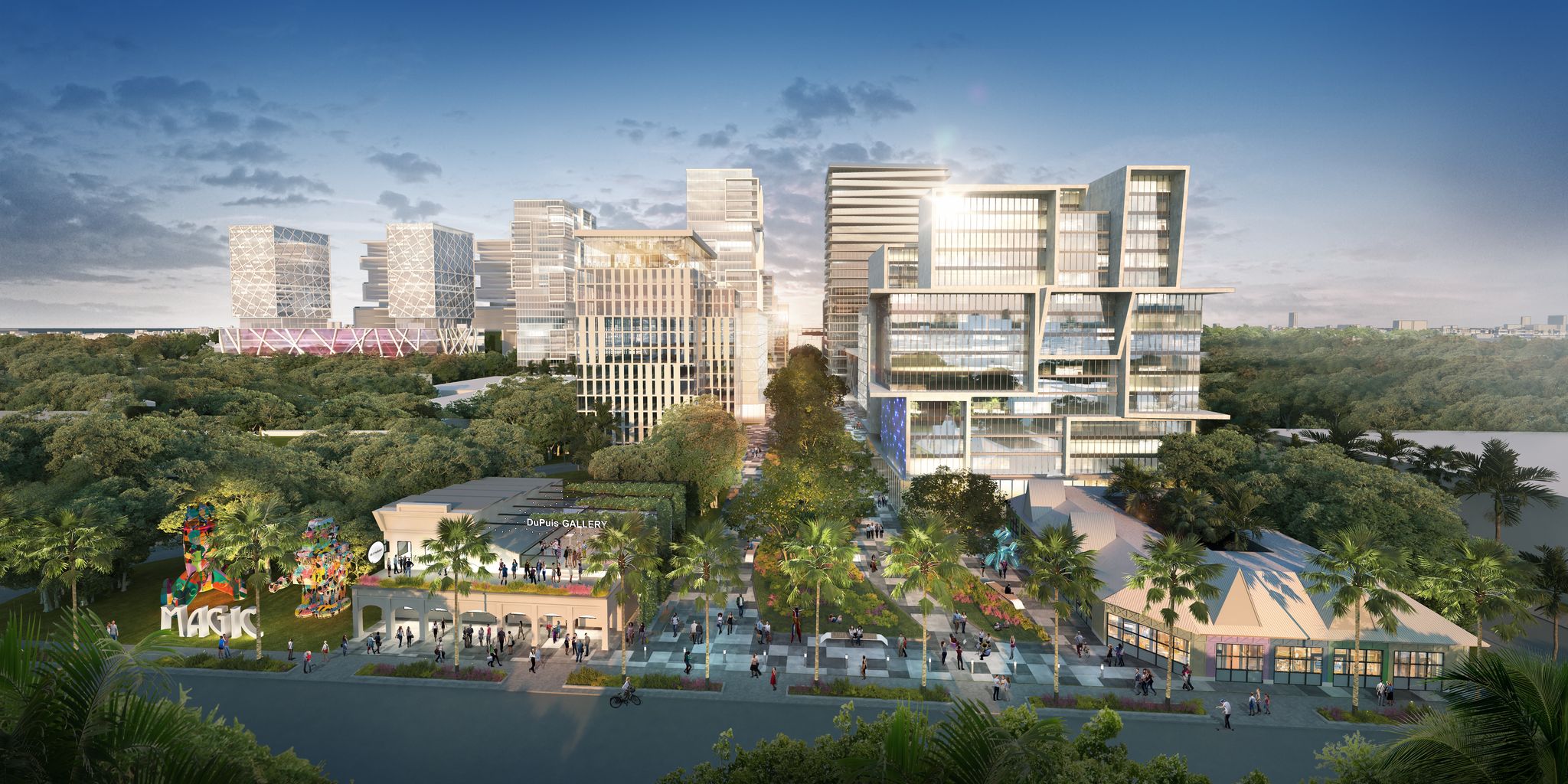
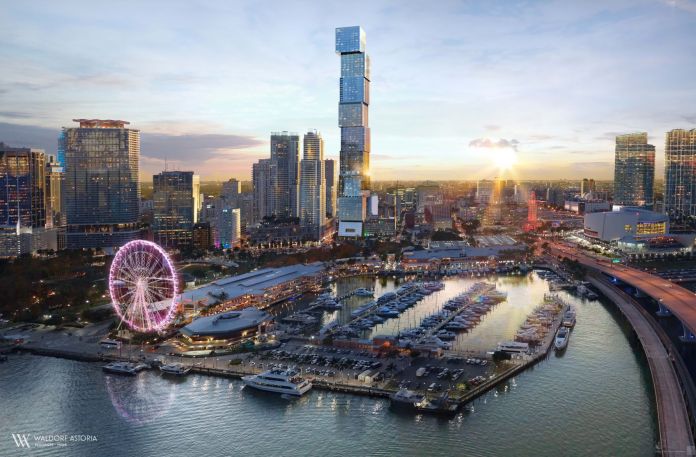
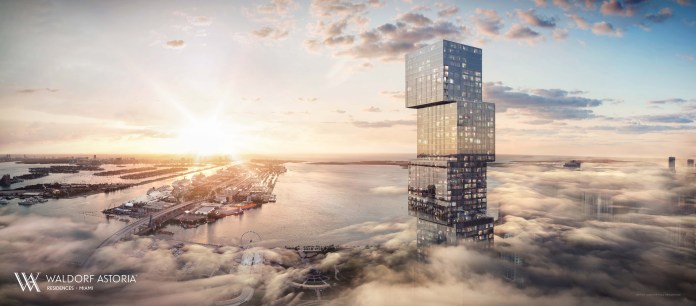
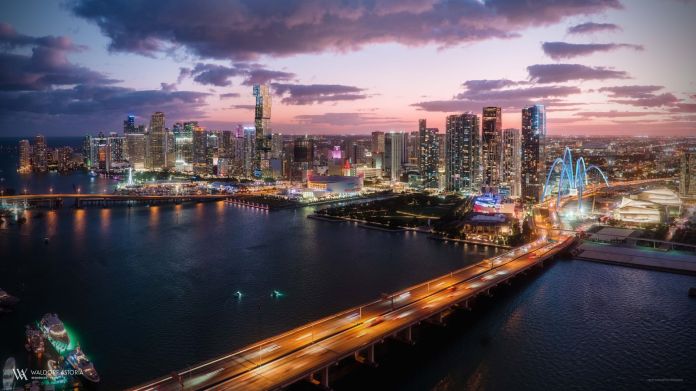
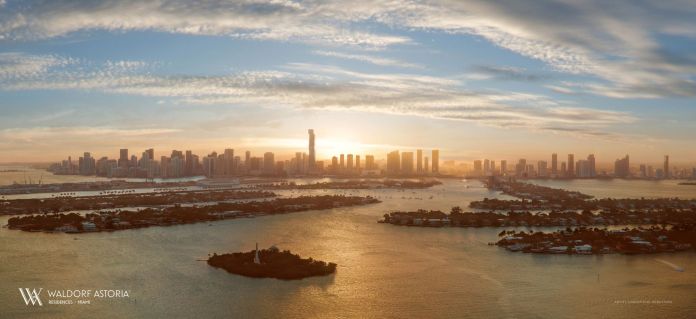
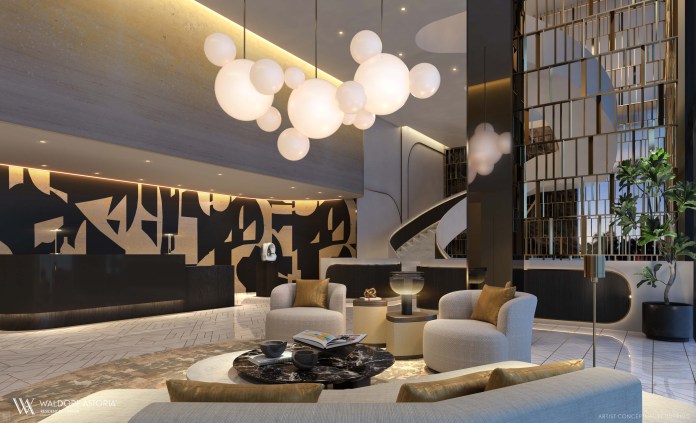
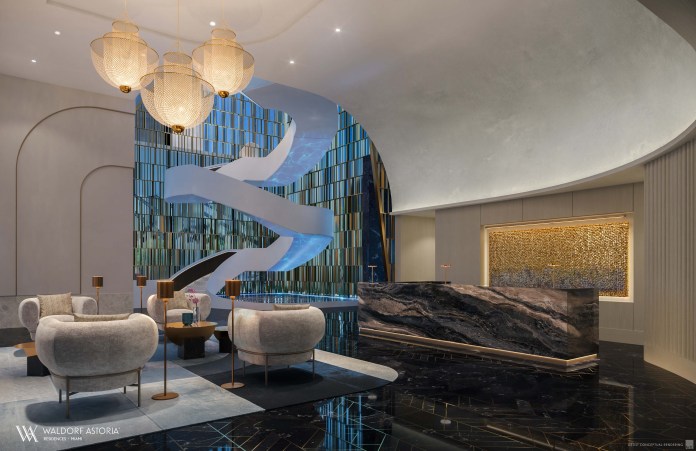
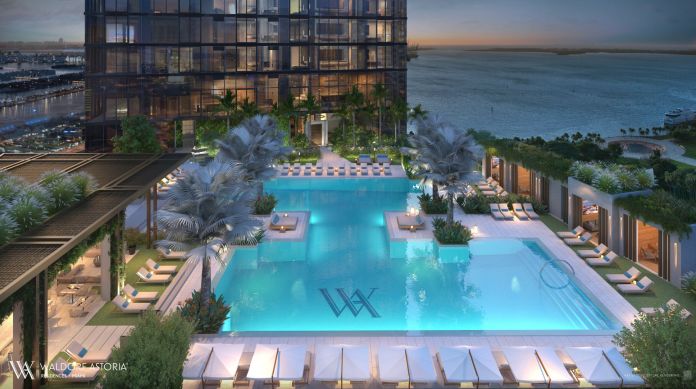
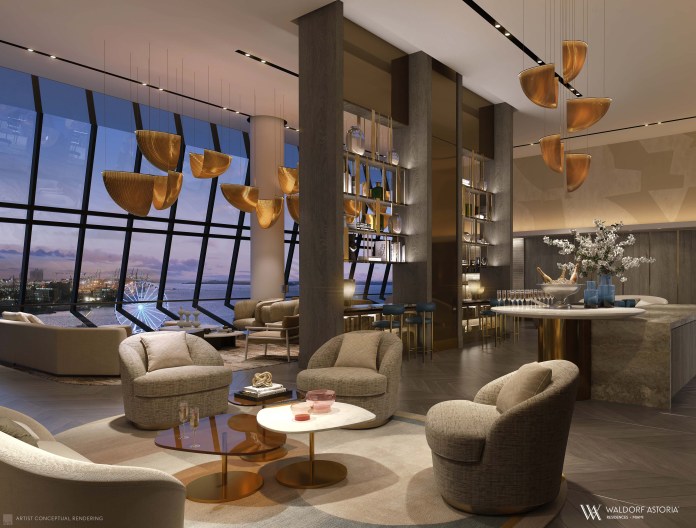
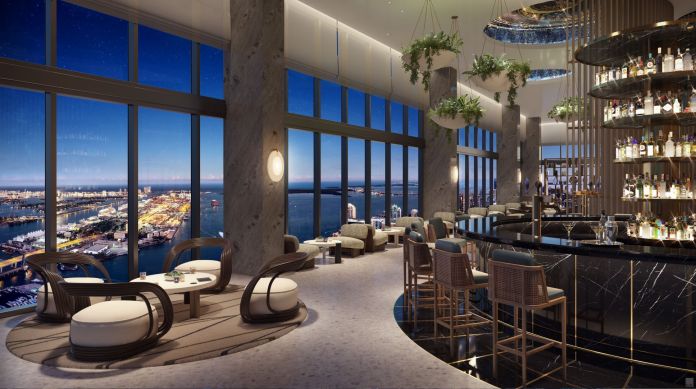
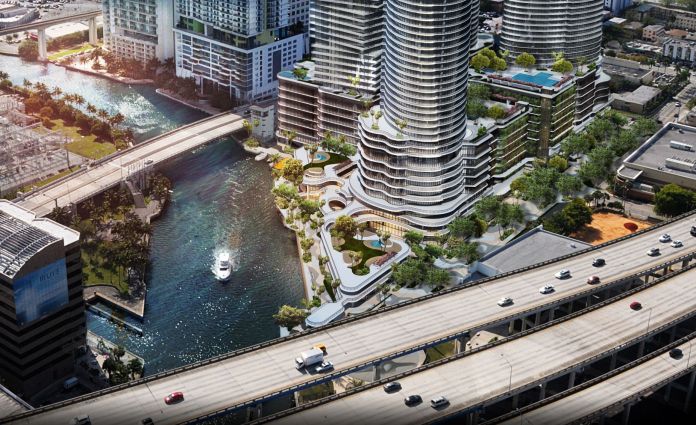
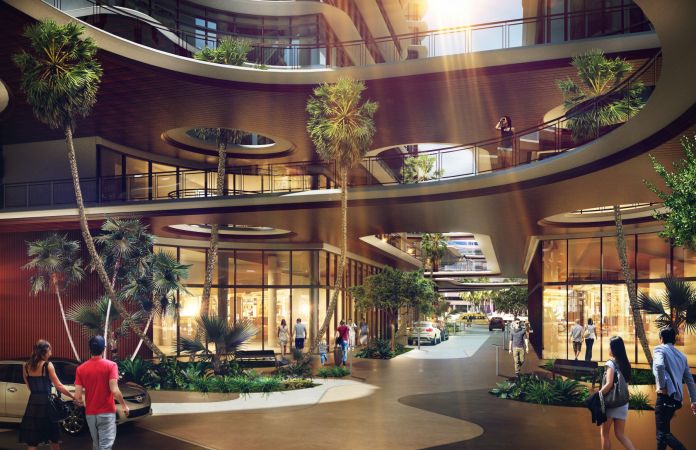
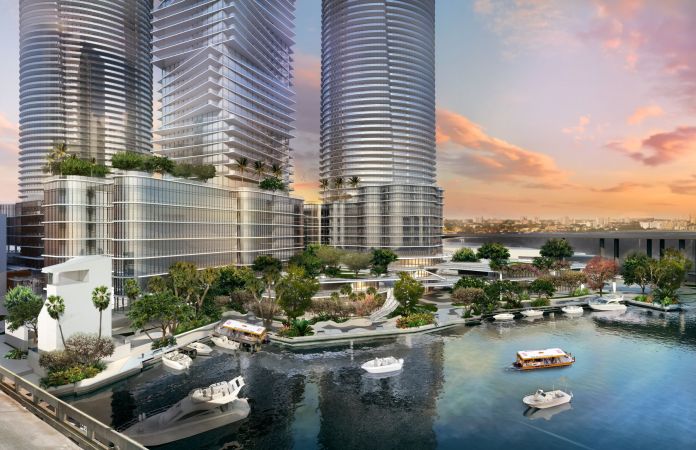
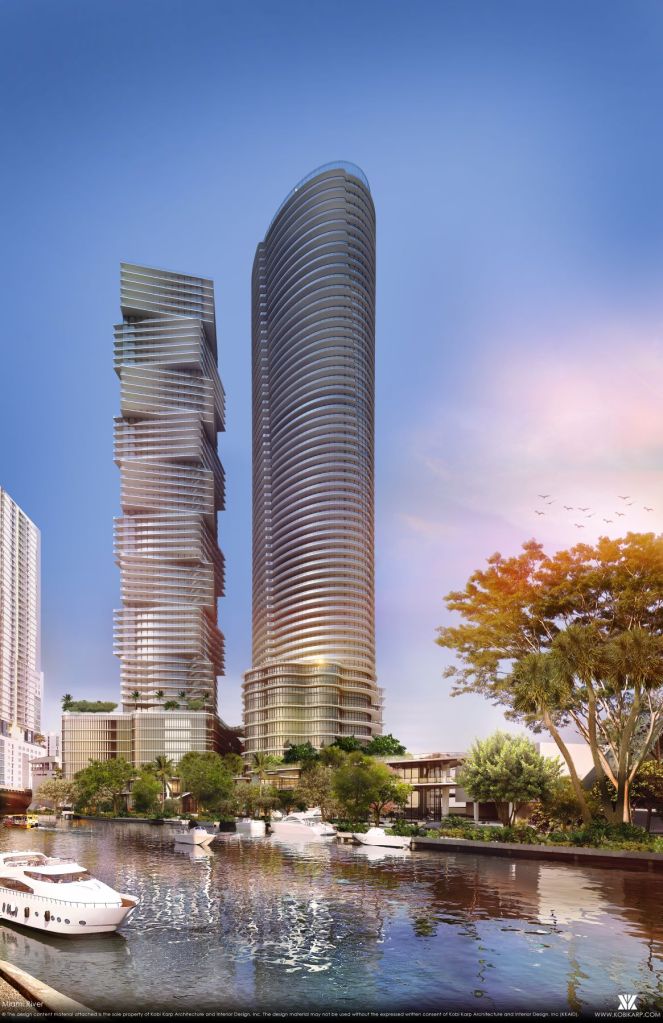


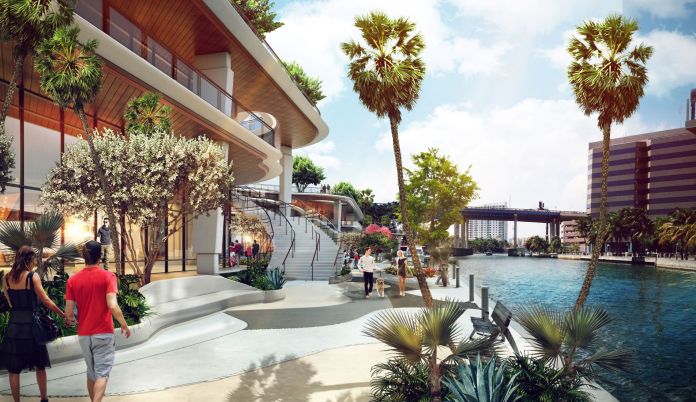
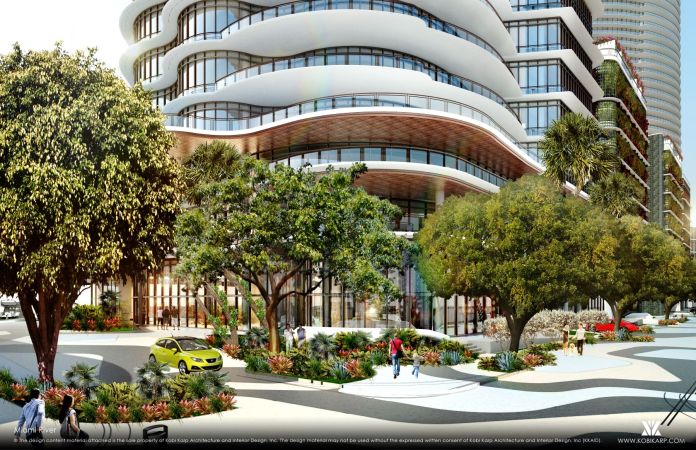
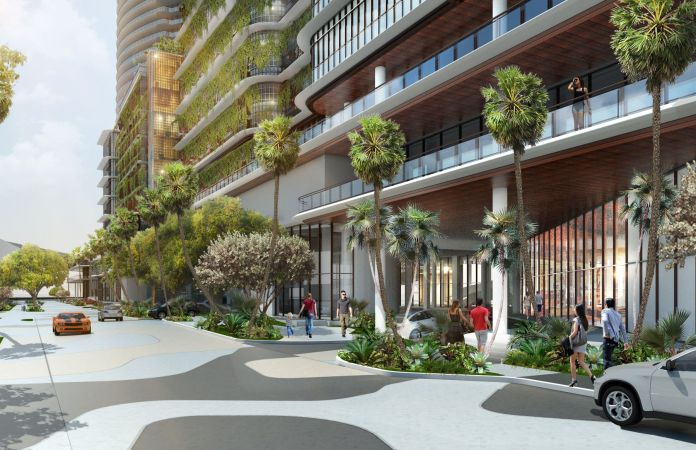
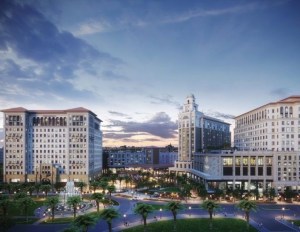
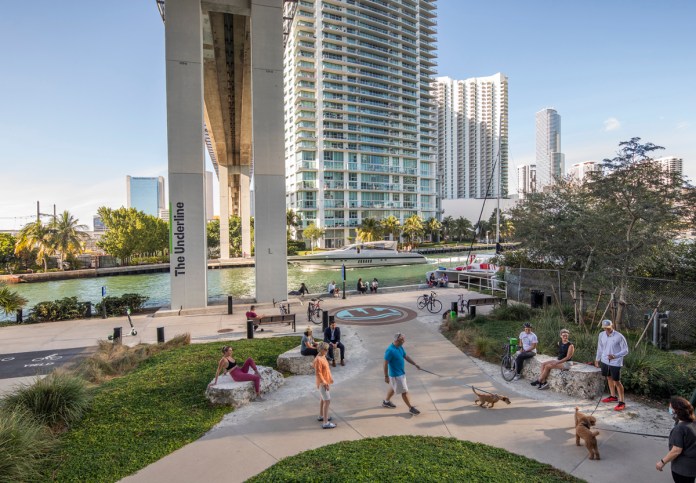
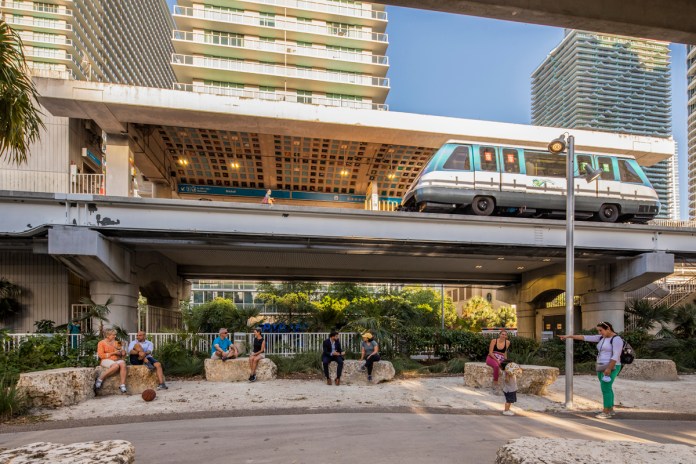
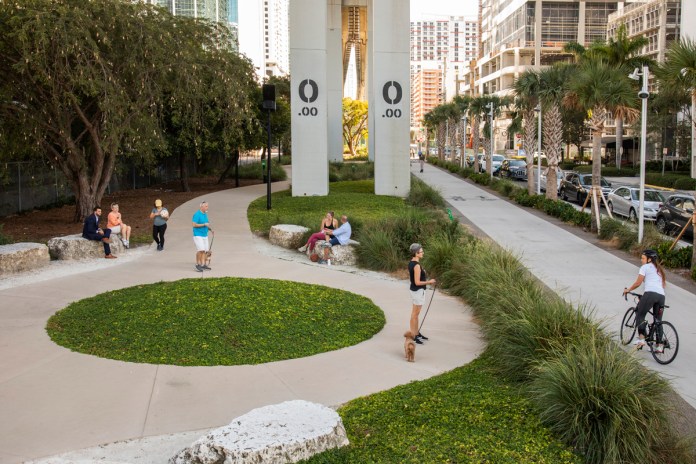
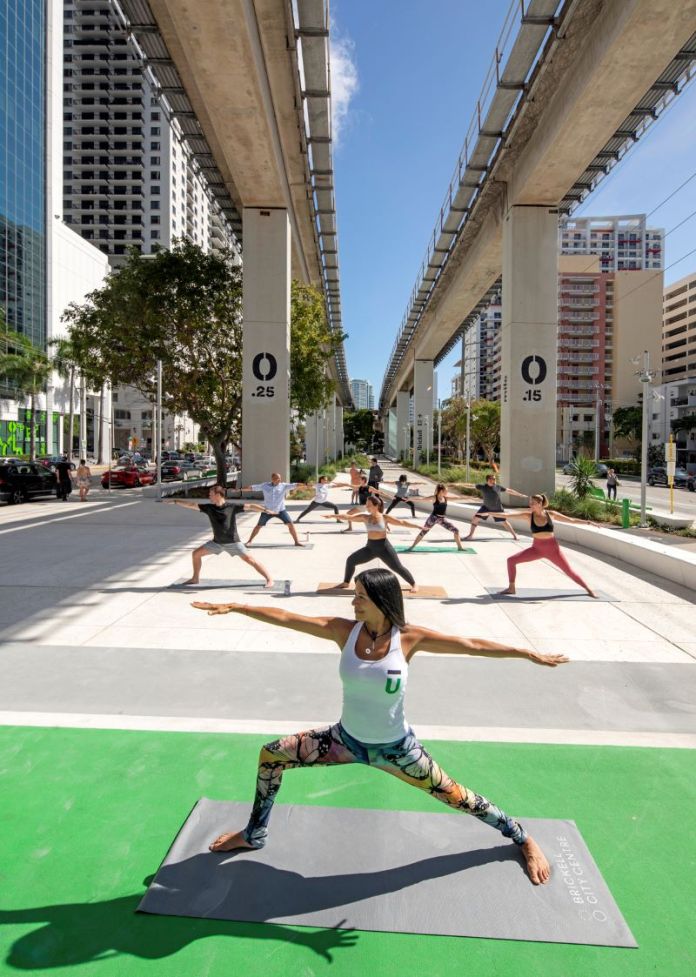
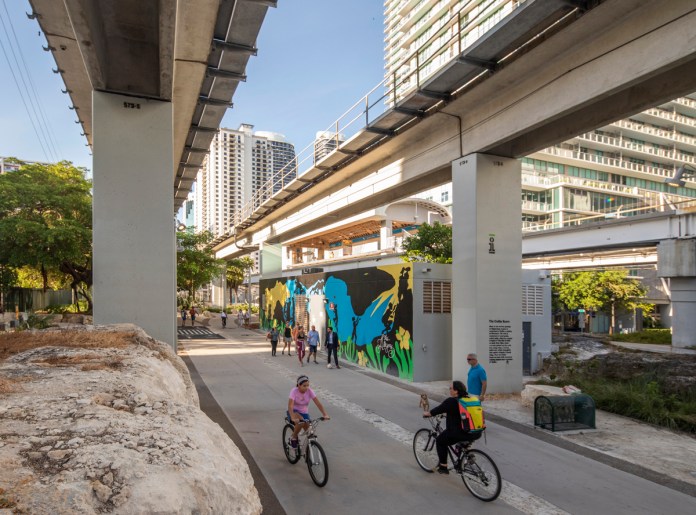
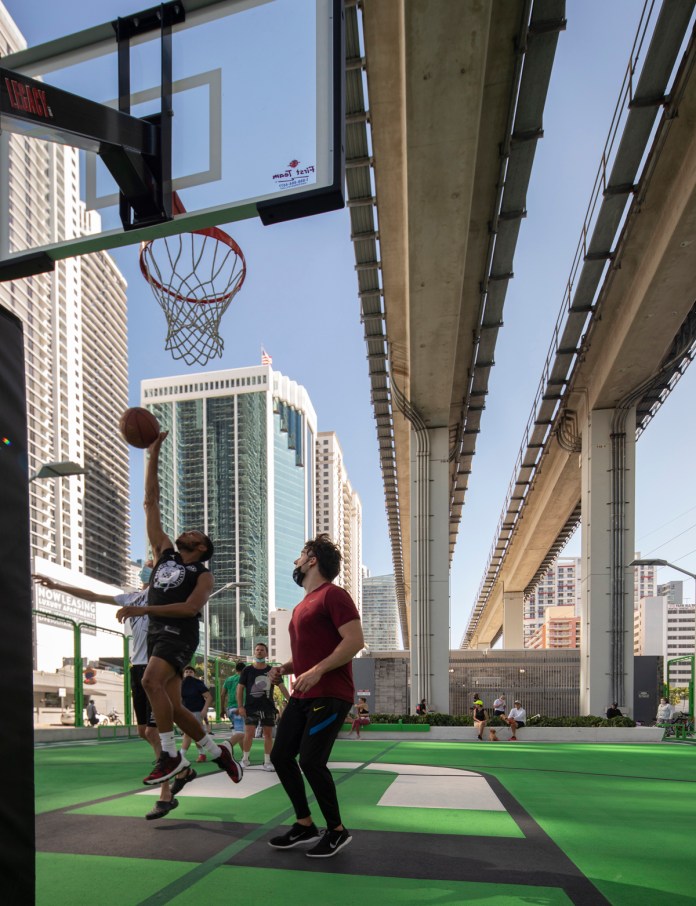
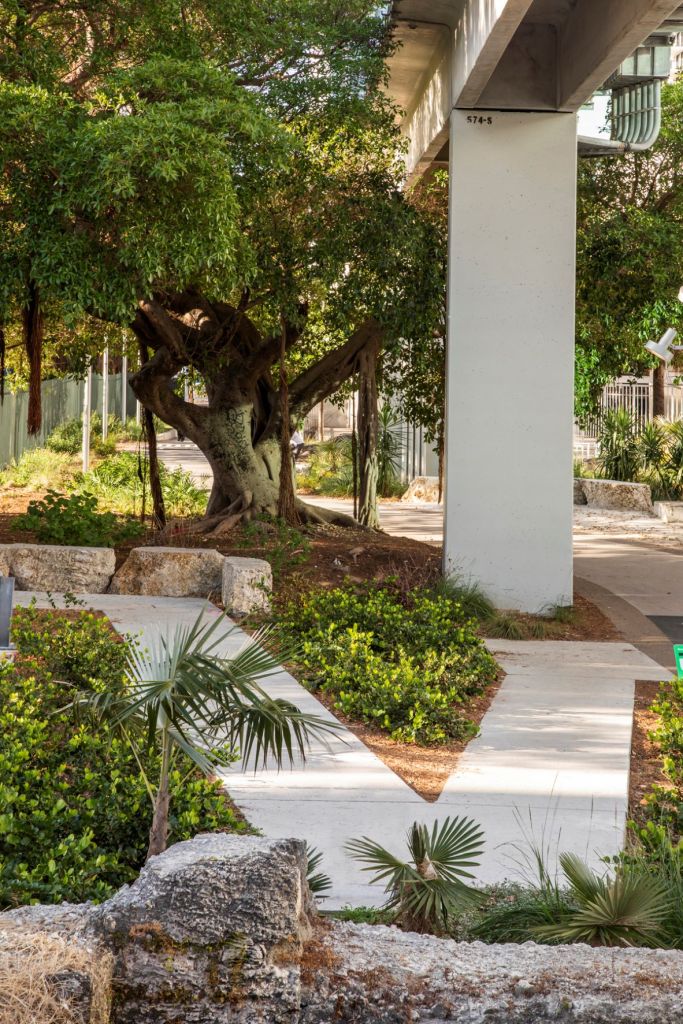
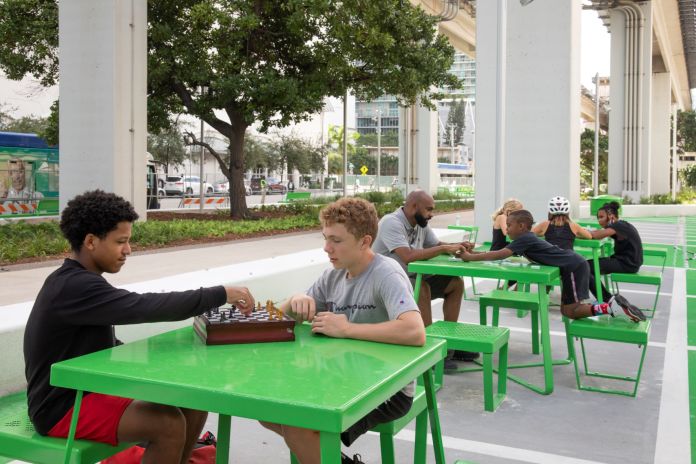

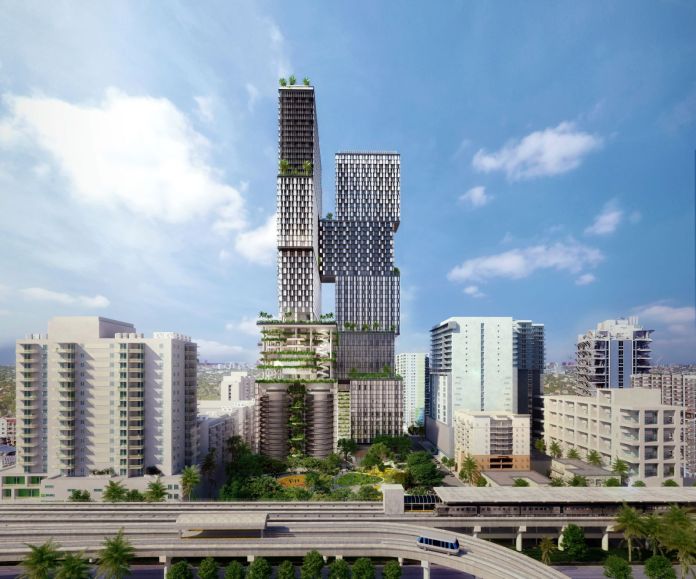
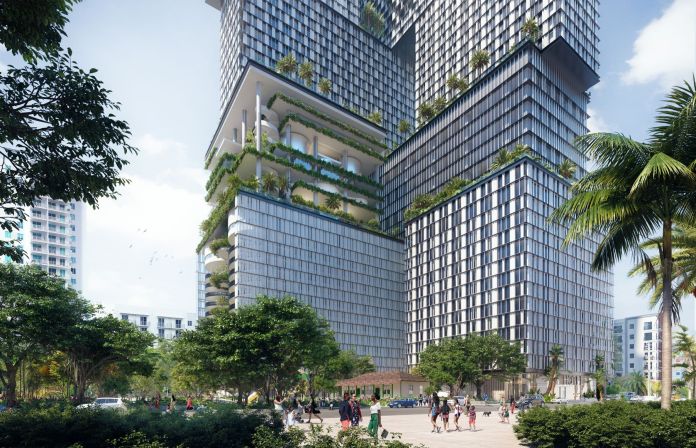
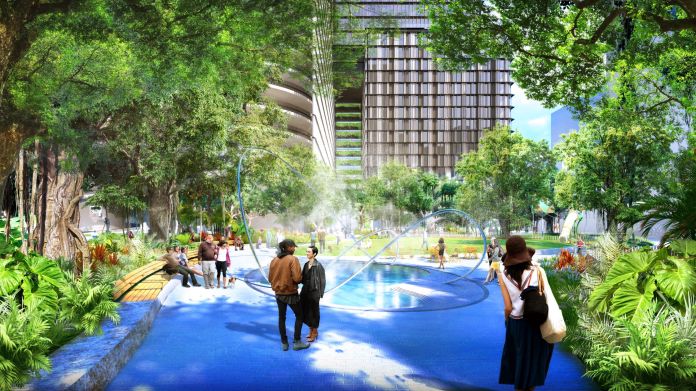
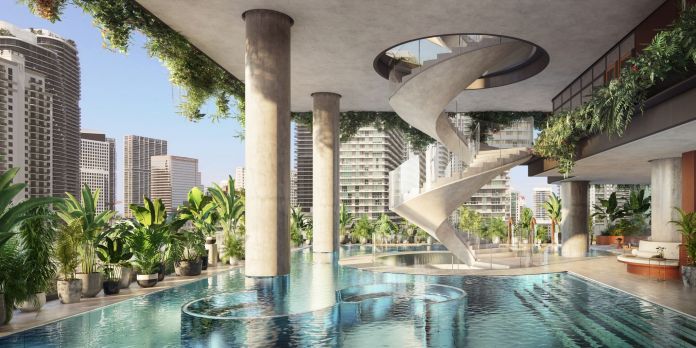
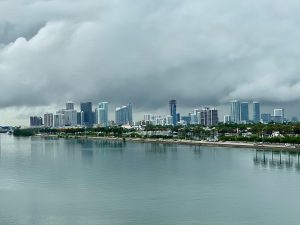
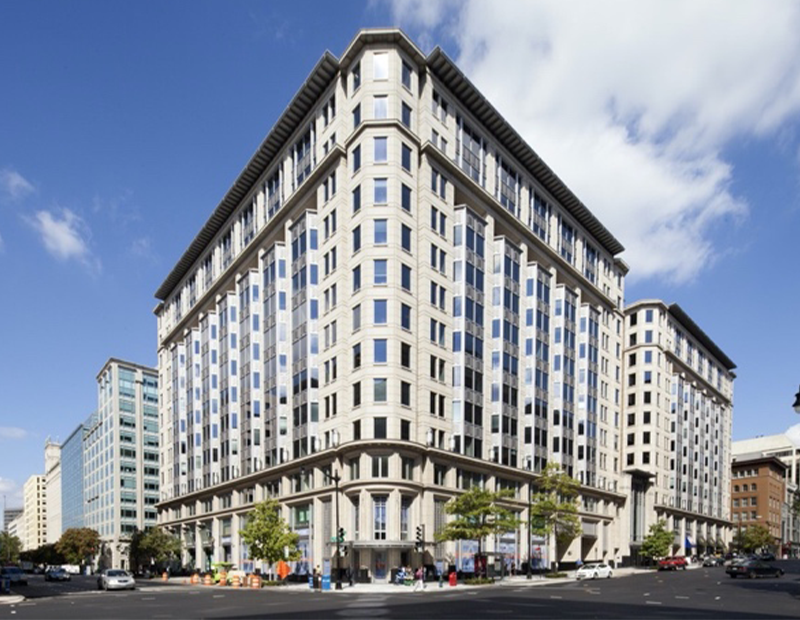

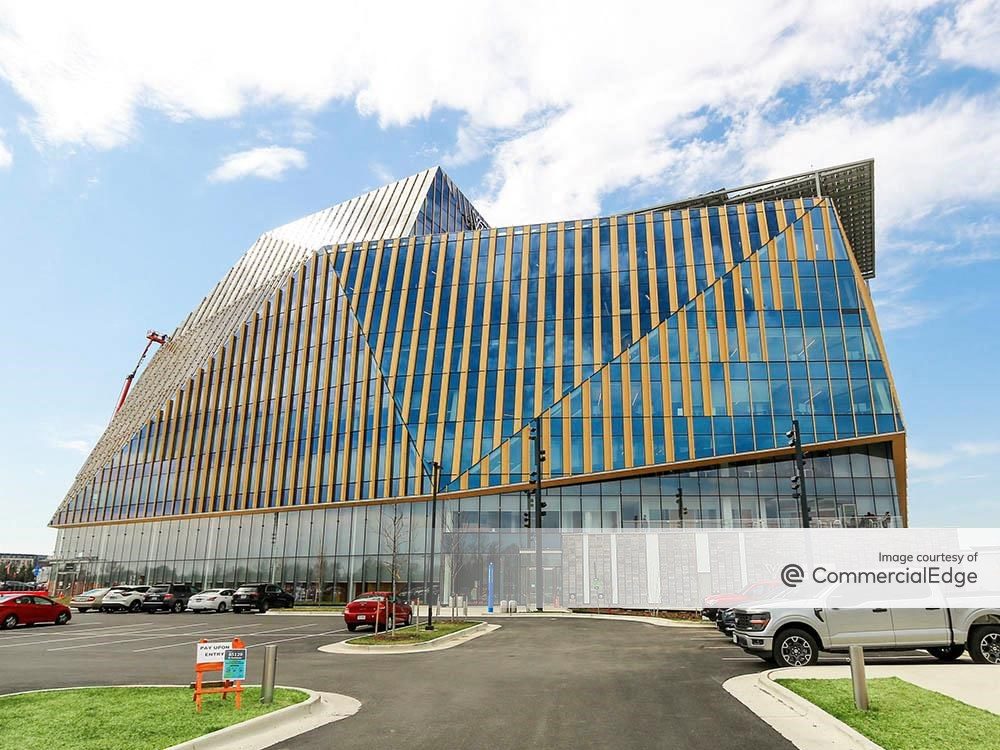
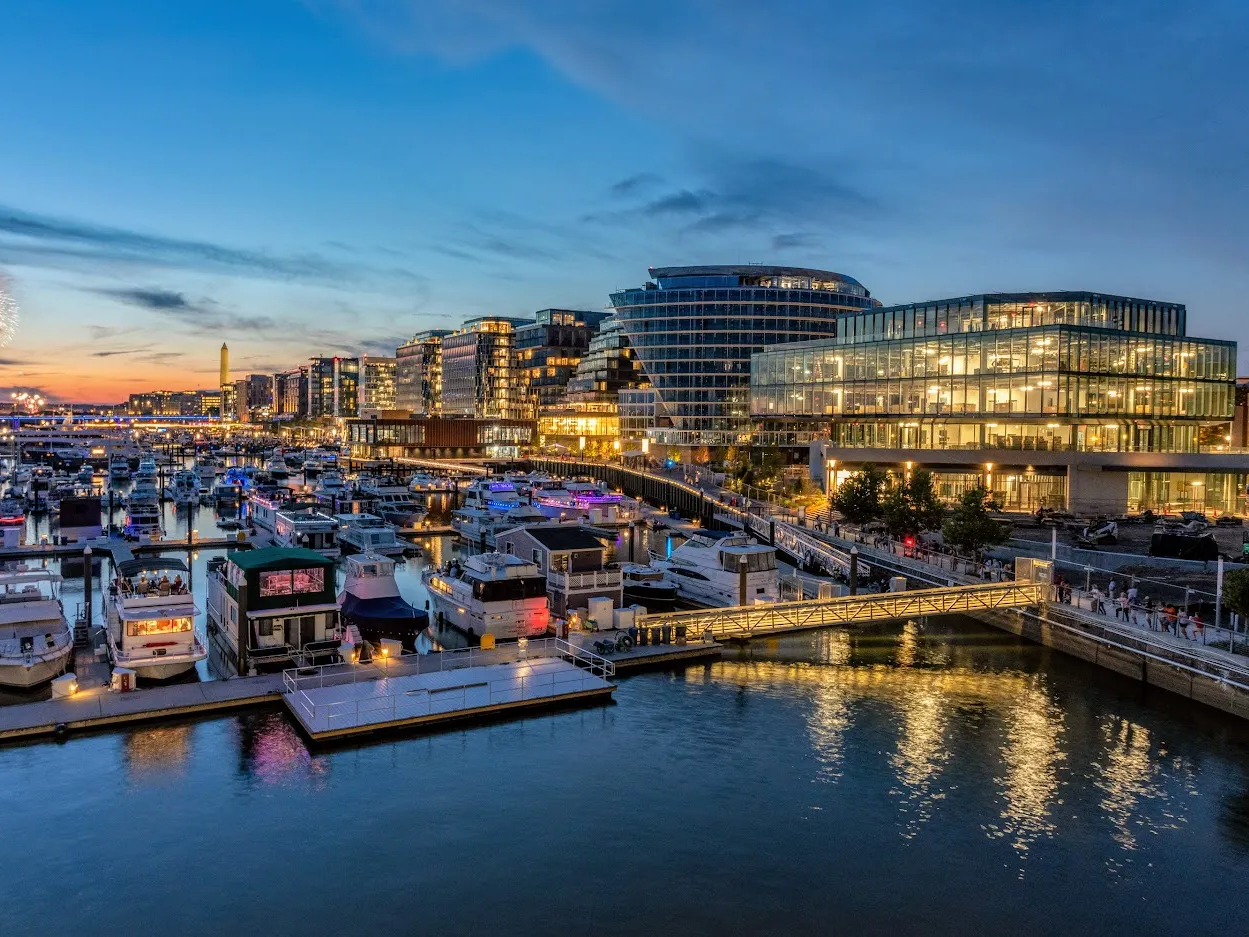
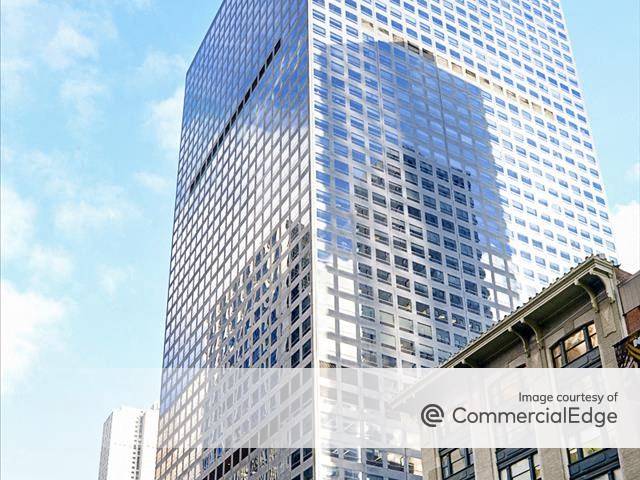
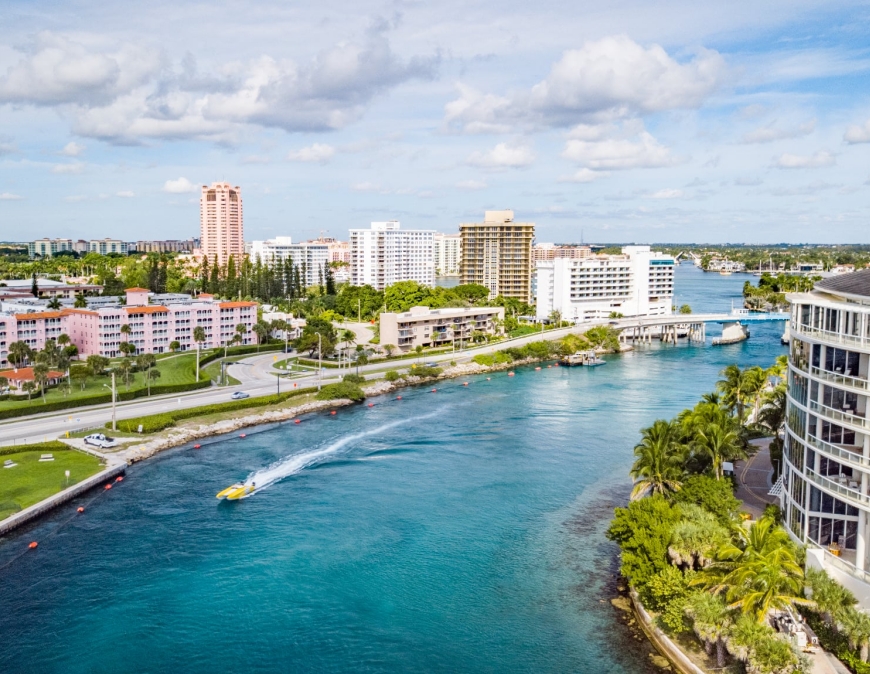
You must be logged in to post a comment.